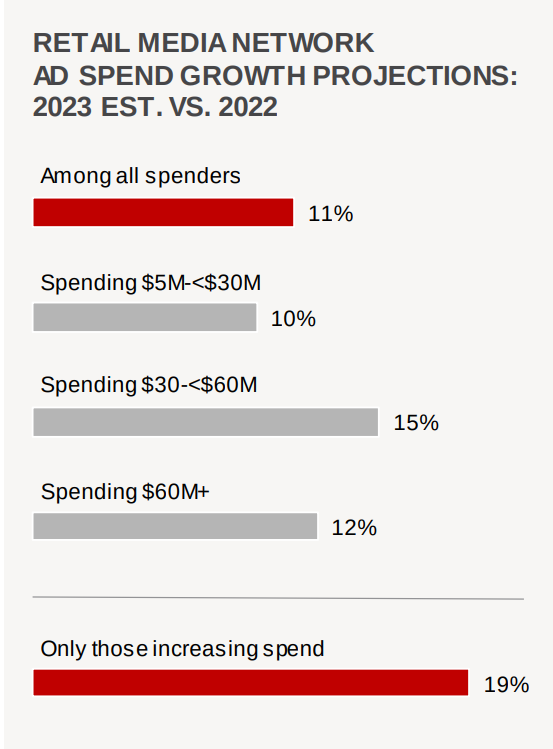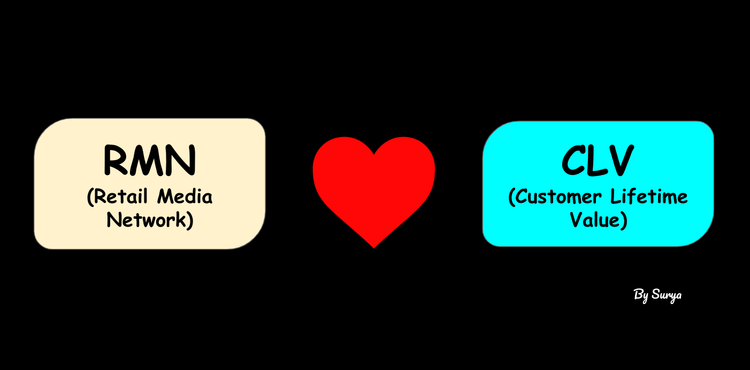Retail Media Networks Love Data Clean Rooms

One of the most exciting announcements at Google Cloud Next in 2023 was that Google Cloud BigQuery Data clean Room is now available in public preview.
In the constantly evolving world of retail and consumer packaged goods (CPG), one of the hottest topics since a while and will continue to be is : retail media networks (RMNs). According to the most recent IAB report, Retail Media was one of the fastest growing U.S. advertising channels in 2022 (+22% year-over-year to $38 billion) and is expected to more than double over the next 5 years to $107 billion as incremental and reallocated funds are funneled into its ecosystem.

While there are challenges and gaps that need to be addressed, in this blog post, i will focus more on the opportunities and critical components that are essential to RMNs and their potential growth from a revenue perspective
A Data Clean Room (DCR) is one such critical component at the heart of an RMN
Understanding Data Clean Rooms in the Retail Media Landscape
Data clean rooms have become a foundational pillar in retail media solutions. Essentially, they offer a safe haven for two or more entities to utilize shared data assets within agreed-upon confines. The objective? Ensure data access limitations are strictly maintained, particularly when it involves personal customer data.
According to the Interactive Advertising Bureau (IAB), a whopping 64% of companies harnessing privacy-centric technologies are actively using data clean rooms. This statistic underscores the critical role these environments play, especially when brands and advertisers want to securely collaborate over anonymized and aggregated shopper data to enhance targeting precision, advertising efficacy, and meticulous outcome measurement.
Here is a very simplified representation of Clean Room. The Key point here is without copying or moving the underlying data
Why Data Clean Rooms are the Cornerstone of Modern Retail Media Solutions
The effectiveness of a retail media solution depends heavily on the integrity and robustness of the customer data it is based on. In a digital age marred by data breaches, consumers are more cautious and discerning. As a result, businesses must proceed with caution, collecting data transparently with full consent and using it wisely. Any missteps could have both legal implications and irreparable damage to a brand's or company's reputation.
Data clean rooms are the ideal solution to this problem. They allow retailers to seamlessly connect and analyze data sets from various organizations without transferring, centralizing, or merging any data. The result is a dynamic retail media network that promotes collaboration by combining valuable data sets without compromising data ownership or security.
In addition, data clean rooms enable retailers to harness and capitalize on their first-party data by working with other brands, media owners, and agencies to amplify its impact across a customer's multifaceted omnichannel journey.
The Evolution: Beyond On-Site Marketing
Looking at this from a Retail Media perspective, the coolest use-case is beyond the traditional on-site marketing.

Traditional on-site marketing involves retailers sharing their shopper data with brands, who then merge it securely with their first-party data. This ensures that neither party loses control of their data or jeopardizes customer privacy. With this integrated data, brands can target audiences based on specific campaign objectives, such as upselling or re-engagement.
Off-site marketing is a new approach that can be particularly beneficial for CPG brands with limited first-party data. It allows them to gain valuable insights from second- and third-party data for media activation.

Off-site marketing involves brands and retailers combining their first-party data with data from various media owners, such as CTV providers. This data can be used to create media campaigns that are perfectly tailored to the target audience, ensuring that they are seen at the right time. Retailers can also use this data to gain valuable insights into the impact of their customer data across all channels.
Low 1P Data ? Okay, you have an interesting option
Brands with limited CRM data can safely tap into the insights pooled by multiple stakeholders in a data clean room. This allows them to create high-impact audience segments. For example, a CPG brand could create an audience segment of people who have either previously bought its products or expressed interest in a particular product category.

Overall, off-site marketing is a powerful new tool that can help brands reach their target audiences more effectively.
Final Thoughts
As the Retail and CPG sectors continue to develop, it is clear that data clean rooms will be essential in promoting innovation, guaranteeing customer data privacy, and encouraging collaboration between brands and retailers. In a world that requires accuracy and security, data clean rooms may be the guiding light that leads the industry forward.





Member discussion